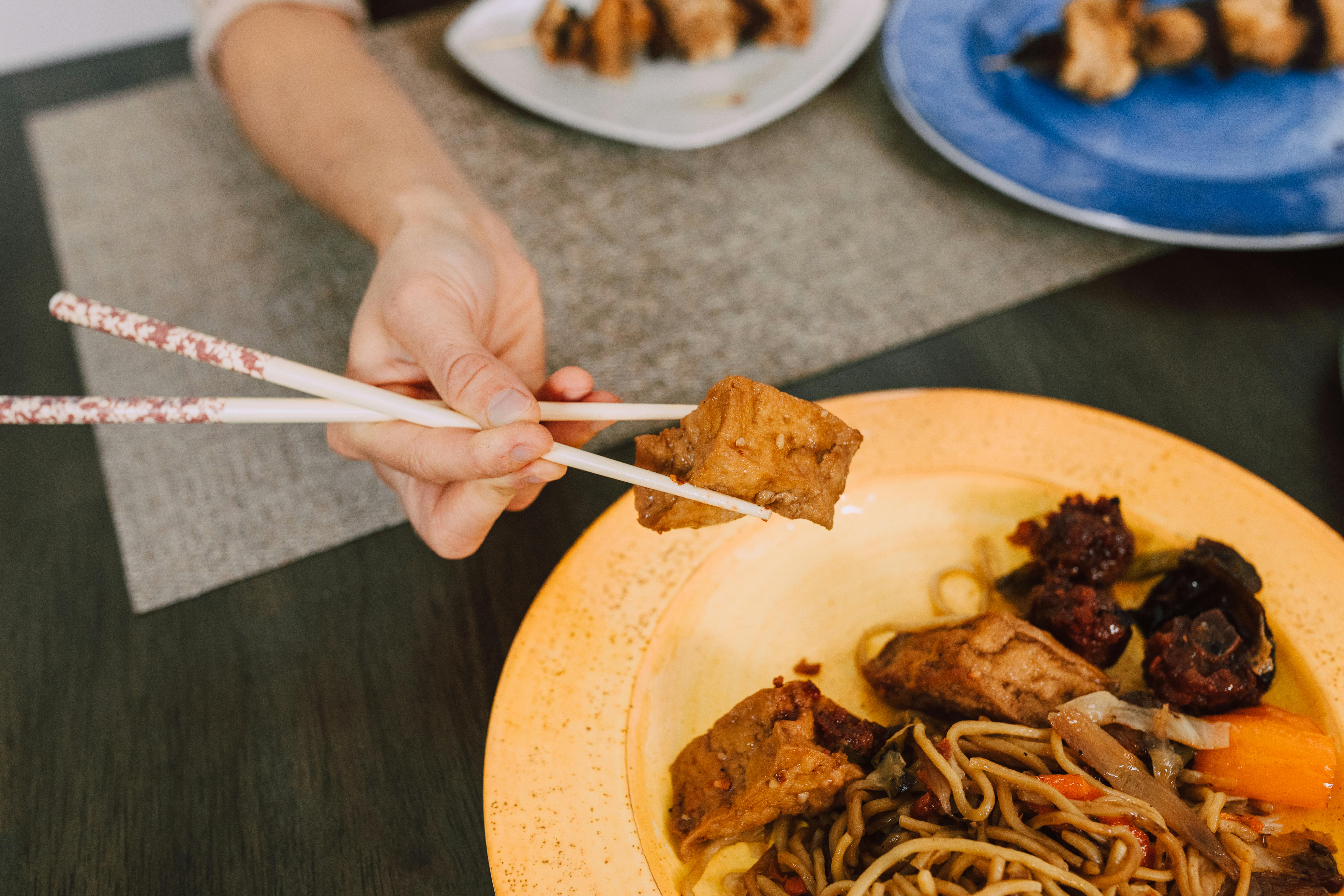Smart Ways to Defrost Chicken in 2025: Get Started Fast!

Smart Ways to Defrost Chicken Safely and Effectively
Defrosting chicken is an essential step in meal preparation, crucial for maintaining food safety and optimal flavor. As we focus on 2025 trends, understanding the best practices for defrosting chicken can enhance your cooking efficiency and ensure delicious results. Neglecting proper thawing methods can lead to food safety issues, affecting both the taste and healthiness of your meals. In this article, we’ll cover various chicken defrosting techniques, how long it typically takes to thaw chicken, and safety tips to avoid any risks during the thawing process. Get started with safe and smart thawing methods today for your chicken dishes!
Key Defrosting Methods for Chicken
To get the best results when preparing chicken, you need to choose an effective thawing method. Each method has its advantages and specific time frames associated with it. Here are the top techniques:
Defrost Chicken in the Refrigerator
The refrigerator thawing method is widely regarded as the safest way to defrost chicken. This method takes the longest but ensures that the chicken remains at a safe temperature throughout the thawing process. To properly defrost chicken in the refrigerator:
- Plan for at least 24 hours for whole chickens and 12-24 hours for chicken breasts.
- Place chicken in a leak-proof container to avoid any cross-contamination.
- Store it on the bottom shelf to prevent juices from dripping onto other foods.
This method maintains a consistent temperature of 40°F or lower, ensuring the quality and safety of the meat. After refrigerating, you can proceed to cook the chicken within 1-2 days.
Defrost Chicken in Cold Water
The cold water thaw method is significantly faster than the refrigerator approach, making it a popular choice for those in a hurry. Here are the steps to thaw chicken in cold water:
- Place the chicken in a sealed plastic bag, removing as much air as possible.
- Submerge the bagged chicken in cold water, changing the water every 30 minutes.
- This method usually takes about 1-3 hours depending on the size of the chicken.
It's important to never use hot water, as it can encourage bacterial growth. Always cook the chicken immediately after thawing using this method to ensure food safety.
Defrost Chicken in the Microwave
Microwave thawing is the quickest method but requires careful handling to avoid partially cooking the chicken. Follow these guidelines to defrost chicken in the microwave:
- Use the defrost setting on your microwave, and refer to the manufacturer’s instructions for the recommended thawing time.
- Rotate or flip the chicken periodically to ensure even thawing.
- Cook the chicken immediately after thawing to eliminate any risk of bacterial growth.
While this method is incredibly fast, be cautious, as the edges can begin to cook, affecting the texture of the meat. Ensuring the chicken reaches a safe cooking temperature afterward is crucial.
Understanding Thawing Times for Chicken
Knowing the average chicken defrost time is essential for any meal prep. Different cuts of chicken require varying thawing durations. Here’s a breakdown:
Time to Thaw Whole Chicken
For a whole chicken, the refrigerator method usually requires 1 day for every 4-5 pounds. Therefore, a 4-pound chicken may take about 24 hours, while a larger, 7-pound bird may take approximately 1.5-2 days. This slow method helps maintain quality and ensures thorough thawing.
Time to Defrost Chicken Breasts
Chicken breasts and smaller cuts of chicken are quicker to thaw. In the refrigerator, boneless chicken breasts take about 12 hours, whereas they can be defrosted in cold water within 1-2 hours. The microwave can defrost chicken breasts in just a few minutes, depending on your appliance power.
Factors Influencing Thawing Duration
Several factors impact thawing times, including the size and thickness of the chicken, the chosen defrosting method, and your refrigerator's temperature. Always monitor the chicken to ensure safety, as thawing too slowly can lead to quality issues.
Best Practices for Defrosting Chicken
Implementing best practices for defrosting chicken helps ensure safety and enhances flavor. Here are some essential tips:
Maintaining Proper Chicken Defrosting Temperature
Food safety must be prioritized. Chicken should thaw at temperatures below 40°F to inhibit bacterial growth. Using an appliance thermometer can help monitor your refrigerator's temperature, ensuring it remains within the safe range.
Safe Food Handling for Chicken
Always wash your hands, utensils, and work surfaces before and after handling raw chicken to avoid cross-contamination. Dispose of any packaging used during thawing and ensure chicken is cooked immediately after thawing to maintain safety.
Thawing Chicken Without Risks
Review these guidelines to mitigate any risks associated with thawing chicken:
- Never leave chicken to thaw at room temperature, as this can promote bacterial growth.
- If using the microwave, ensure the chicken is cooked right after to avoid uneven thawing.
- Utilize the cold water thaw method only when you have immediate cooking plans for the chicken.
Chicken Cooking After Thawing
After successfully thawing chicken, it's essential to understand the subsequent steps in the cooking process. Safe chicken cooking practices are fundamental:
Correct Cooking Techniques After Thawing
Always cook chicken to an internal temperature of at least 165°F to ensure all harmful bacteria are killed. Use a meat thermometer to check the internal temperature at the thickest part of the chicken. Avoid relying only on color or texture for doneness.
Chicken Meal Preparation After Thawing
Thawed chicken is perfect for various recipes. Consider marinating or seasoning it according to your recipe's needs prior to cooking. Planning meal ideas such as stir-fries, grilled chicken, or baked dishes can streamline your cooking process once chicken is thawed.
Health Implications of Thawing Techniques
Proper thawing not only keeps your meal safe; it also preserves the flavor and texture of the chicken. Using scientific thawing methods ensures that bacteria do not compromise your health. As you become more proficient in your chicken thawing techniques, you'll notice enhanced flavor and juiciness in your dishes.
Chicken Thawing FAQs
Addressing common questions can help improve your understanding of chicken thawing:
What’s the safest way to defrost chicken?
The safest method is by thawing chicken in the refrigerator, as it keeps it at a consistent cool temperature. This method requires planning but is the most efficient in preventing foodborne illnesses.
Can I refreeze chicken after it’s thawed?
Yes, if chicken has been thawed in the refrigerator, you can refreeze it raw or after cooking. However, if thawed by other methods, it should be cooked before refreezing.
How long does chicken take to defrost in cold water?
In cold water, chicken typically takes 1-3 hours to fully thaw, depending on its size and thickness. Remember to change the water every 30 minutes to maintain the cold temperature.
Conclusion: Mastering Chicken Thawing
In conclusion, understanding how to properly defrost chicken not only ensures safety but enhances the overall cooking experience. By following the best practices for thawing chicken, you can enjoy delicious meals without the worry of foodborne illnesses. Whether you choose to thaw in the refrigerator, cold water, or the microwave, the key is to apply safe food handling measures and monitor the thawing time. Now you are ready to prepare your chicken dishes confidently and safely! Remember these tips as you embark on your culinary adventures this year.
 example.com/image2.png
example.com/image2.png
 example.com/image3.png
example.com/image3.png